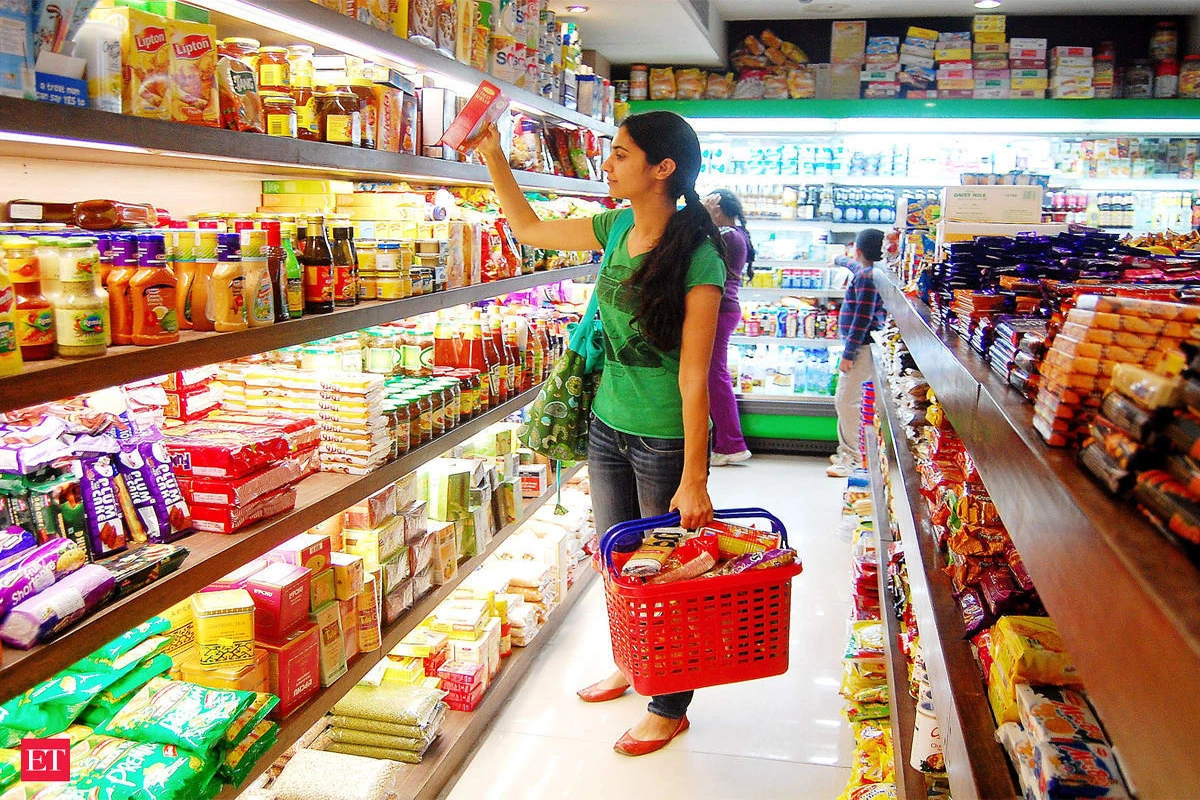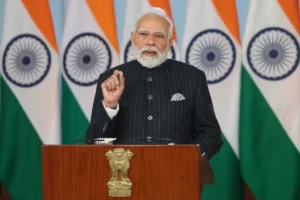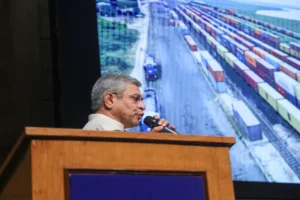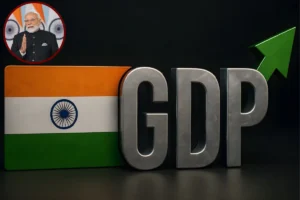
India’s retail inflation dropped to its lowest level in nearly five years, largely driven by falling vegetable prices, according to data released Tuesday by the Ministry of Statistics and Programme Implementation.
The Consumer Price Index (CPI)-based inflation cooled to 3.34% in March, down from 3.61% in February.
This marks the lowest reading since August 2019, signaling a positive development for the economy amid global uncertainty.
A Bloomberg survey of economists had forecast a median estimate of 3.5% for March, making the actual figure softer than anticipated.
Food Prices Drive The Decline
The food and beverage inflation category saw a sharp decline, easing to 2.88% in March from 3.84% in February.
Notably, vegetable prices played a central role in this drop.
Vegetable inflation contracted by a significant 7.04%, following a 1.07% decline in February.
On a month-over-month basis, vegetable prices fell by 5.7%, reflecting improved supply chains and seasonal factors.
Core Inflation Remains Steady
While headline inflation eased, core inflation—which excludes food and fuel—ticked up slightly to 4.2% in March from 4.08% in the previous month, according to Bloomberg estimates.
This moderate uptick suggests that while food inflation is under control, price pressures in other sectors remain.
Economists See Room For RBI To Focus On Growth
Upasna Bhardwaj, Chief Economist at Kotak Mahindra Bank, said the lower-than-expected inflation gives the Reserve Bank of India (RBI) more room to maintain its growth-focused monetary stance.
Also Read: Markets Open Flat Amid Weak Global Cues; IT And Auto Stocks Drag Early Trade
“We retain our view that the RBI will continue on its accommodative stance with the terminal repo rate likely around 5–5.25%,” Bhardwaj noted.
Last week, RBI Governor Sanjay Malhotra echoed similar optimism at the Monetary Policy Committee meeting, stating that the outlook for food inflation had turned decisively positive.
The RBI has projected CPI inflation for FY26 at 4%, with Q1 forecasted at 3.6%.
Inflation Breakdown By Category
Here’s a look at how inflation behaved across key components in March:
- Cereals: Rose by 5.93%, up from 5.47% in February
- Meat and Fish: Increased by just 0.32%, down from 2.23%
- Milk and Milk Products: Slowed to 2.56% from 2.84%
- Pulses: Contracted by 2.73%, following a 0.39% dip previously
- Clothing: Rose 2.71%, slightly down from 2.86%
- Housing: Increased by 3.03%, compared to 2.91% in February
- Fuel and Light: Rebounded to 1.48%, after declining -1.33% last month
Outlook: Inflation Eases; Growth Gets A Boost
With inflation cooling and food prices stabilizing, India’s economic policymakers now have greater flexibility to support growth without the immediate pressure of rate hikes.
If current trends continue, the RBI is likely to stay the course on its accommodative monetary policy in the coming quarters.
To read more such news, download Bharat Express news apps


















